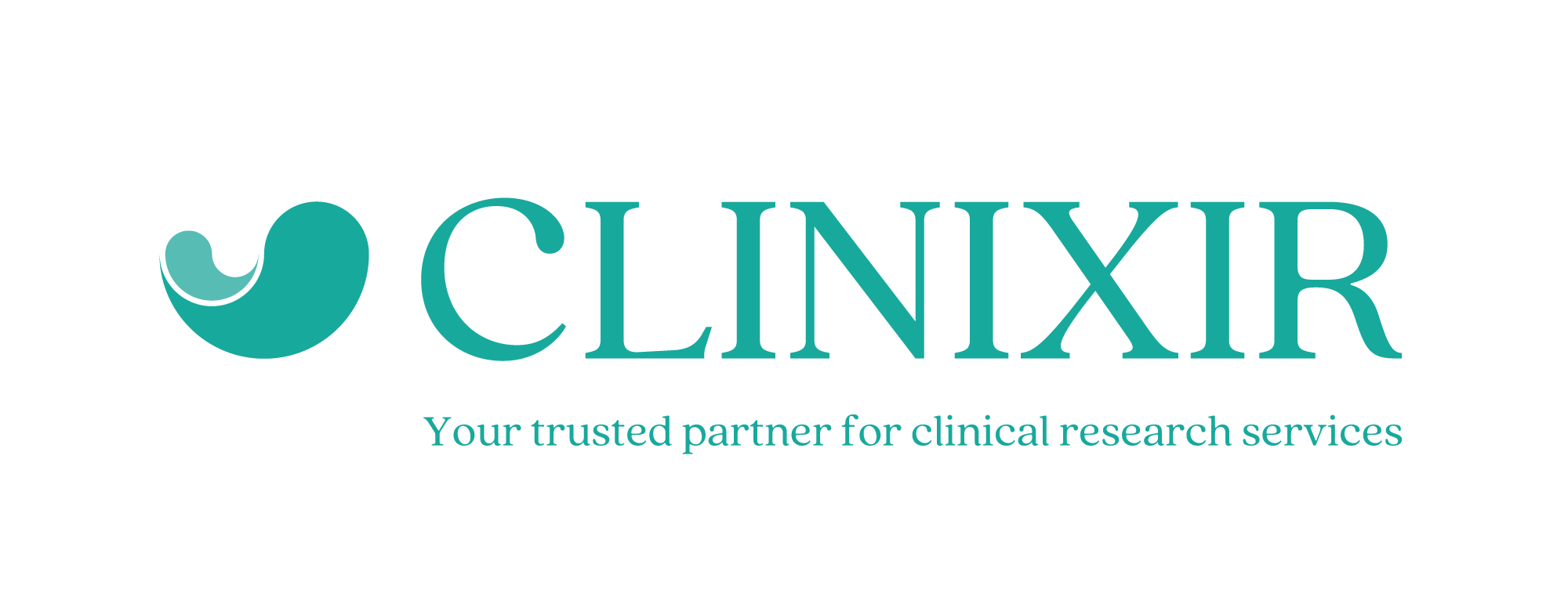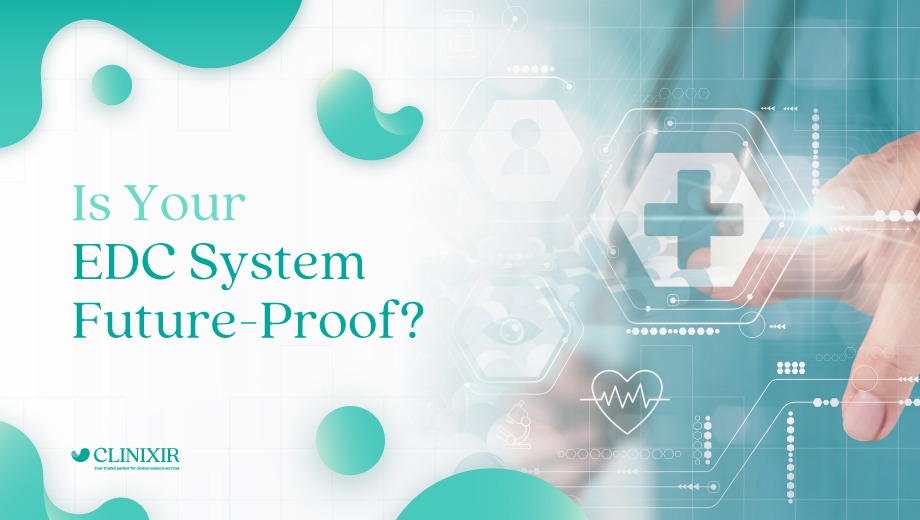Technology has become increasingly integral to every facet of healthcare. This evolution, however, presents its own set of difficulties, particularly in the context of clinical trials involving electronic data capture (EDC). To keep up with the evolving landscape of clinical trial data capture and management, novel approaches are required. Both the sponsors and the CROs have a responsibility to ensure the confidentiality, availability, and integrity of sensitive data throughout the entire process.
While different EDC systems may be selected for use in separate trials, it is increasingly common for a single system to serve as the basis for a variety of trials. It is important to carefully select an EDC system that not only supports current processes for clinical trial data collection and management, but is also compatible with advances in data capture technology and clinical research practices in the future.
Changes in the Clinical Trial Environment and Data Collection Strategies
The field of clinical research has undergone dramatic change over the past decade. Even within the last few years, there were still instances in which clinical trial data was still being recorded manually, on paper, at the site. Over time, however, eCRFs (electronic case report forms) became increasingly popular. The use of eCRFs for data collection in randomized controlled trials spread to the majority of clinical trial sites. But today’s clinical trial sponsors and CROs are moving with increasing speed toward decentralized clinical trial models. This means that more data acquisition is done remotely and directly from patients through digital devices like sensors, sponsor-provided devices, smartphones, and tablets — for what is known as real-world data (RWD).
The technology involved in acquiring and integrating RWD into clinical research databases from these new digital modalities has also vastly improved. This improvement is such that these new RWD sources are significantly supplementing clinical studies or regulatory approval processes. According to a 2019 study, only about 30% of patient data was captured and collected through eCRFs, with more and more continuing to be collected through RWD sources.
Pandemic Influence on EDC
As a result of the COVID-19 pandemic, businesses have had to get more innovative in how they collect data from patients participating in clinical trials, and in carrying out other tasks that previously required physical presence. While gathering information from various facilities, such as research labs and imaging centers, is not novel, the “new data normal” is the widespread collection and use of electronic clinical outcome assessments (eCOA), electronic patient-reported outcomes (ePRO), and wearables/sensors, in addition to data from electronic medical records (EMRs).
The volume of these new data sets increased seven-fold between 2001 and 2020, before the pandemic — and is now growing at an ever-increasing rate. To ensure the longevity of their operations, sponsors and CROs must adopt compatible approaches to these forms of clinical data capture and management.
Three New Approaches to Clinical Data Management
When looking ahead, CROs and sponsors evaluating their clinical data management systems should in particular keep three things in mind.
The first is to establish a unified, 360-degree view of patient data. As part of this process, it is necessary to adopt semantics that support a standardized, comprehensive, and reconciled view of patient data. The system should also support aggregate data in near real-time, from multiple sources, into a unified data management platform with a centralized study design that provides patient chronological context across all data sources.
The second involves smart data problem detection. Statistical analyses and data visualizations allow researchers to discover patterns, trends, and anomalies in large datasets in near real-time, as opposed to reviewing data points in batches through listings. This ability has been used in other fields, such as financial fraud detection, but clinical research has until now been slow to adopt these types of data management technologies.
The third factor centers around the use of unified data with semantic tagging to automate the transformation of clinical data. When successful, the result is a stream of data that is ready for analysis whenever it is needed, transformed automatically into submission-ready output.
The Importance of Data Privacy and Security Features
Now more than ever, protecting sensitive patient information must be a top priority. Sophisticated EDC systems facilitate large-scale, multi-continent clinical trials — and as groundbreaking research yields valuable life sciences data, especially from clinical trials, criminals around the world have also recognized its value. Cybercriminals, ranging from international governments to organized crime groups, have launched a number of sophisticated attacks against the life sciences industry in recent years.
As a result, EDC platforms need to be on high alert for these types of cyberattacks, protecting private information while still accommodating new norms surrounding data collection and analysis. Achieving this balance requires improving data privacy and security programs, which are crucial to the evolution of clinical research.
When it comes to managing even the most complex studies, Clinixir relies on Oracle’s Clinical One RTSM and EDC.. The Clinical One system allows us to streamline the clinical trial process from beginning to end. It lets our team simplify data collection, proactively eliminate data quality issues, save time by harmonizing workflows and data inputs, and optimize the sequence of processes. Our RTSM and EDC system meets international standards, ensuring that your clinical trial runs smoothly and accordingly from start to finish.
Clinixir’s industry-leading services can help your company navigate regulatory requirements while carrying out your clinical trials. Our affiliation with Thailand’s top medical institutions, access to the country’s largest set of medical records, extensive regulatory knowledge, advanced research methods, and state-of-the-art technologies enable your organization to put reliable drugs, devices, and treatment methods on the market, maximizing your commercial output and providing a better quality of life for the general public.
To find out how we can help you, contact us today.



